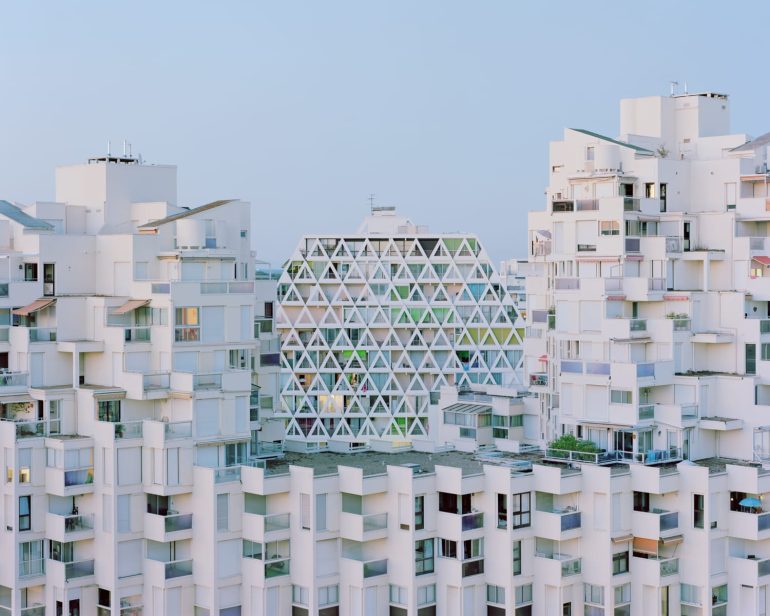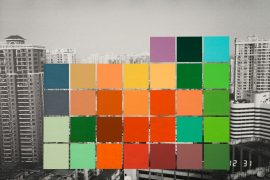Phaidon Press is set to release The Contemporary Garden, a groundbreaking publication featuring 300 gardens across 40 countries, systematically exploring the profound connections between horticulture, nature, and aesthetics.
From the royal water-theater groves of Versailles to Australia’s Cranbourne Garden ecological designs, this 300-page volume showcases gardens as timeless sanctuaries for the human spirit.
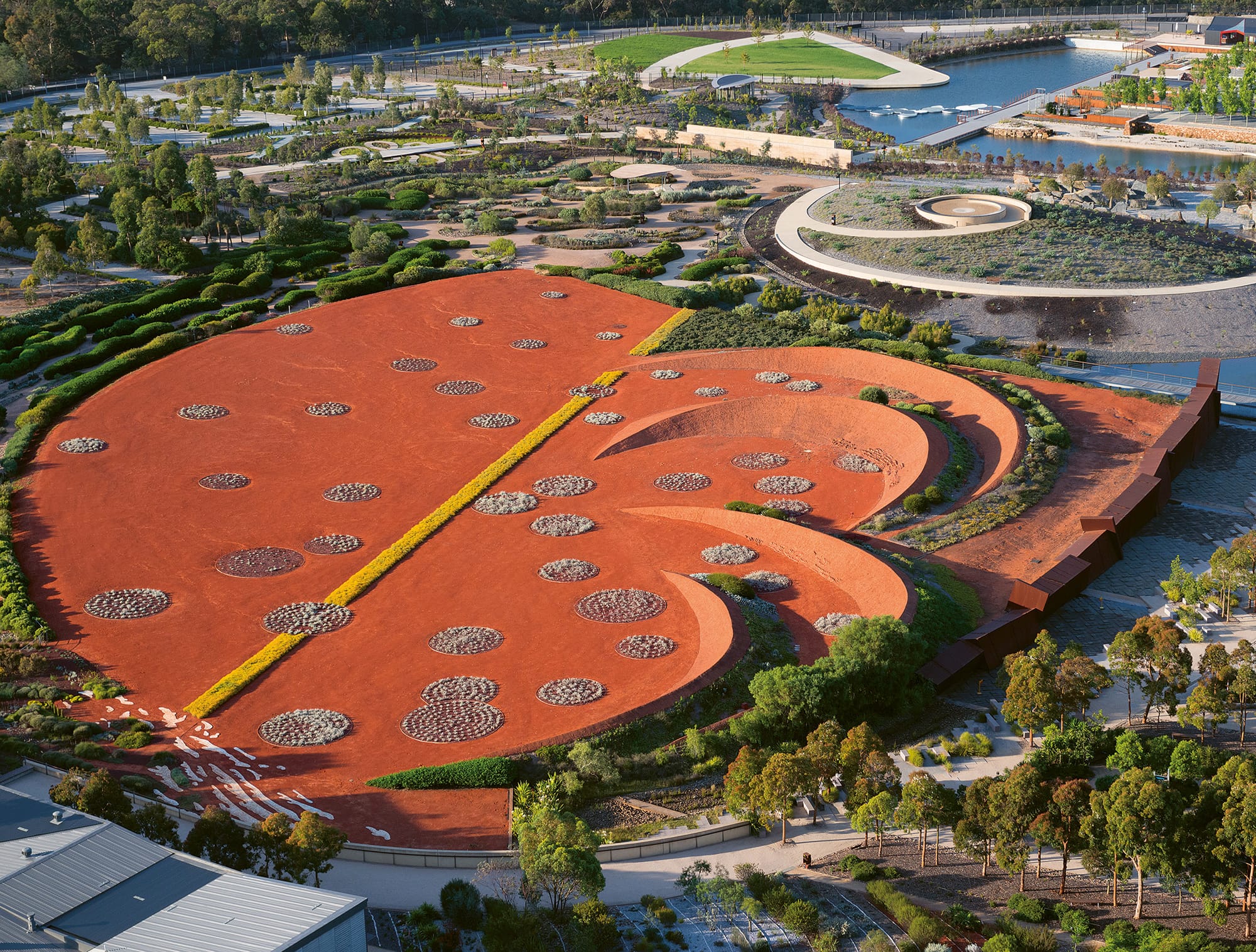
Taylor Cullity Lethlean with Paul Thompson, Australian Garden, Cranbourne Gardens, Victoria, Australia (2006 and 2012). Photo by John Gollings
1. Diverse Typologies
Covers private courtyards and public spaces, including urban landmarks like Heatherwick Studio’s Little Island Park in New York and artistic hybrids such as Gabriel Orozco’s Orozco Garden, where sculpture merges with flora.
Highlights functional innovations like Belgium’s Bonemhoeve farmstead garden, integrating sustainability with horticulture.
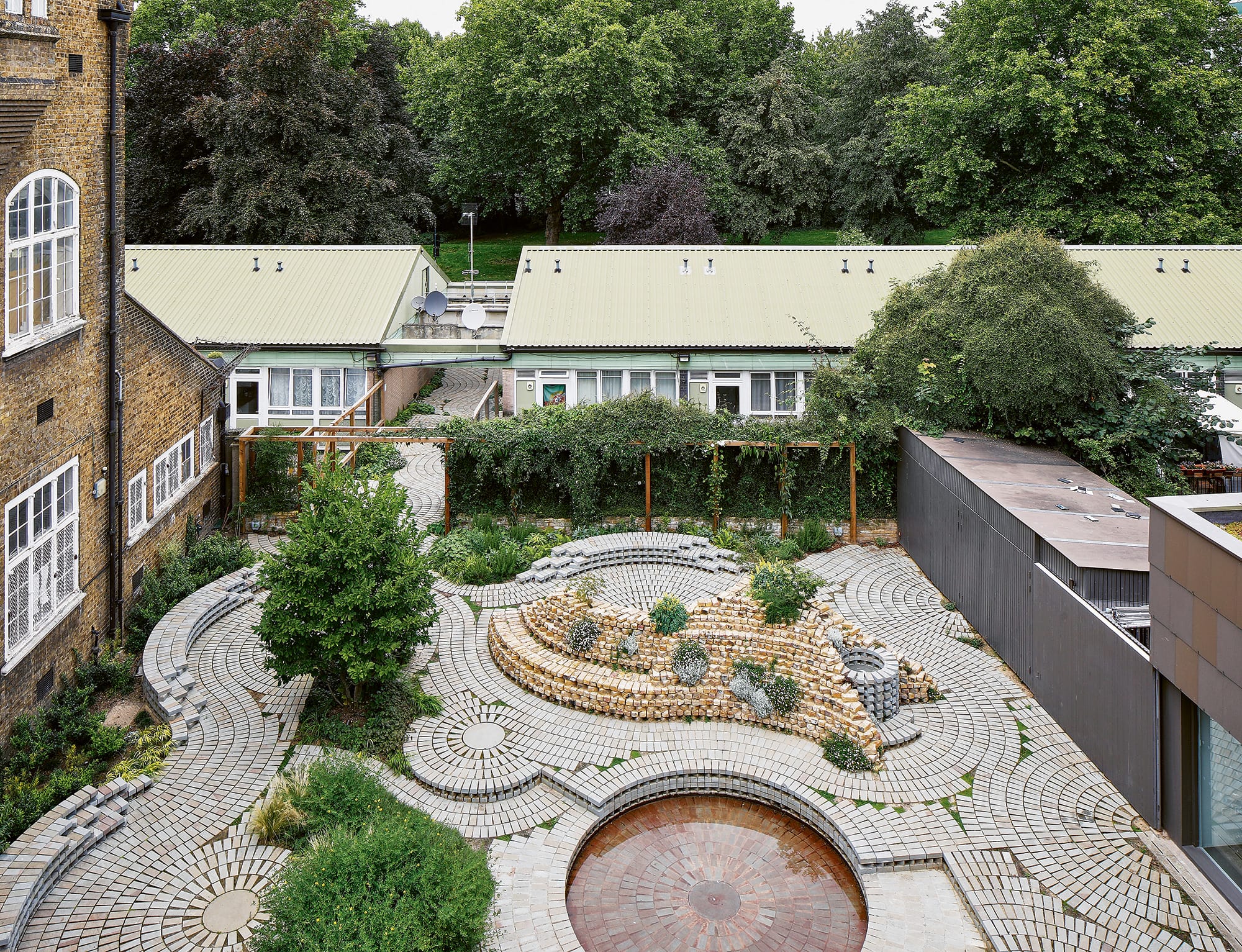
Gabriel Orozco, The Orozco Garden, South London Gallery, London, England, (2016). Photo by Andy Stagg
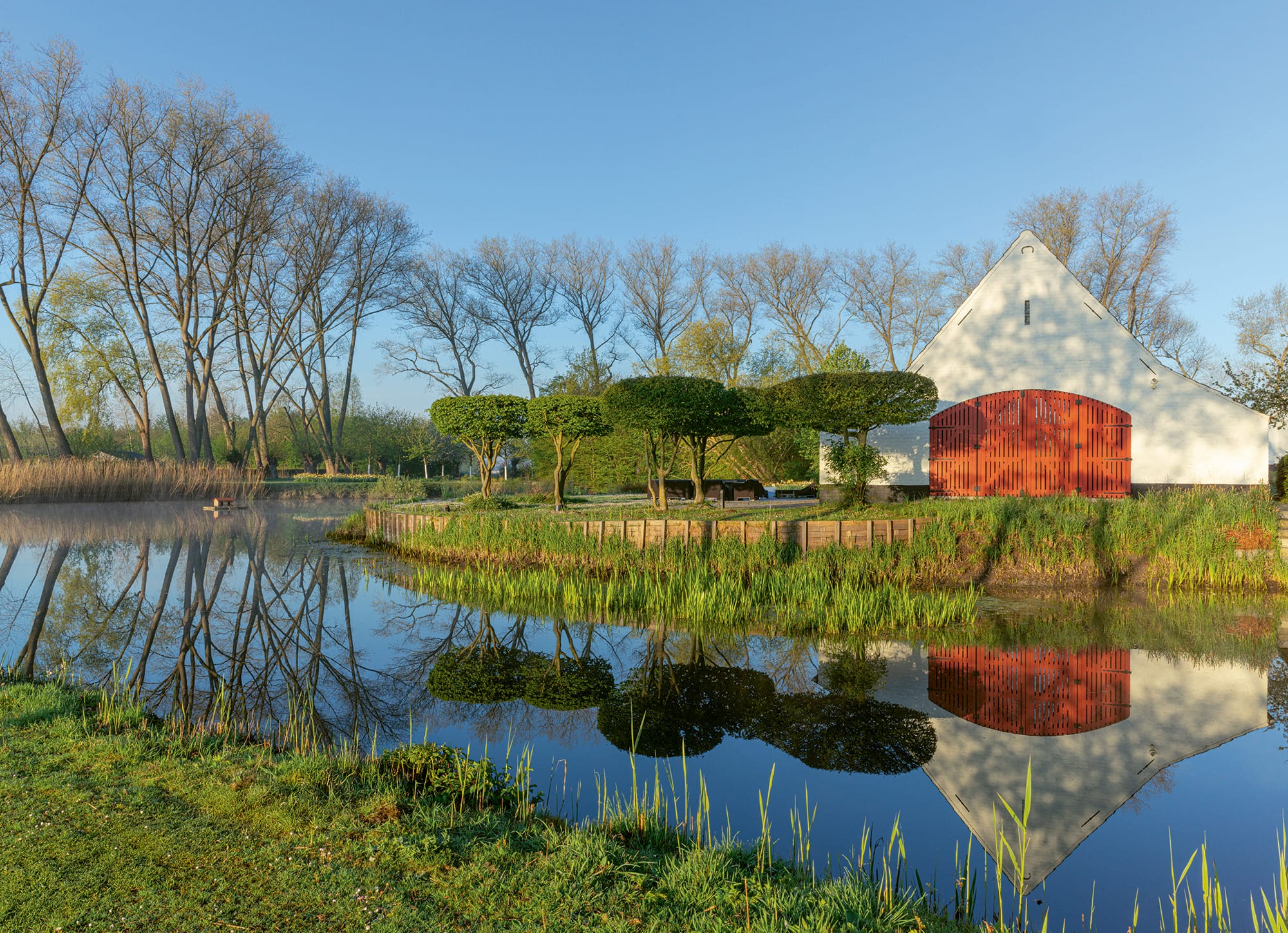
Erik Dhont, Bonemhoeve, Damme, West Flanders, Belgium, (2005). Photo © Jean-Pierre Gabriel
2. Art-Nature Symbiosis
Positions gardens as “open-air galleries,” exemplified by Manhattan’s High Line linear landscape and Dominique Delomez’s Outdoor Indoor Garden in Normandy, blurring natural and artificial boundaries.
Features Orpheus, Kim Wilkie’s land-art topography at England’s Boughton Estate, narrating myths through terrain.
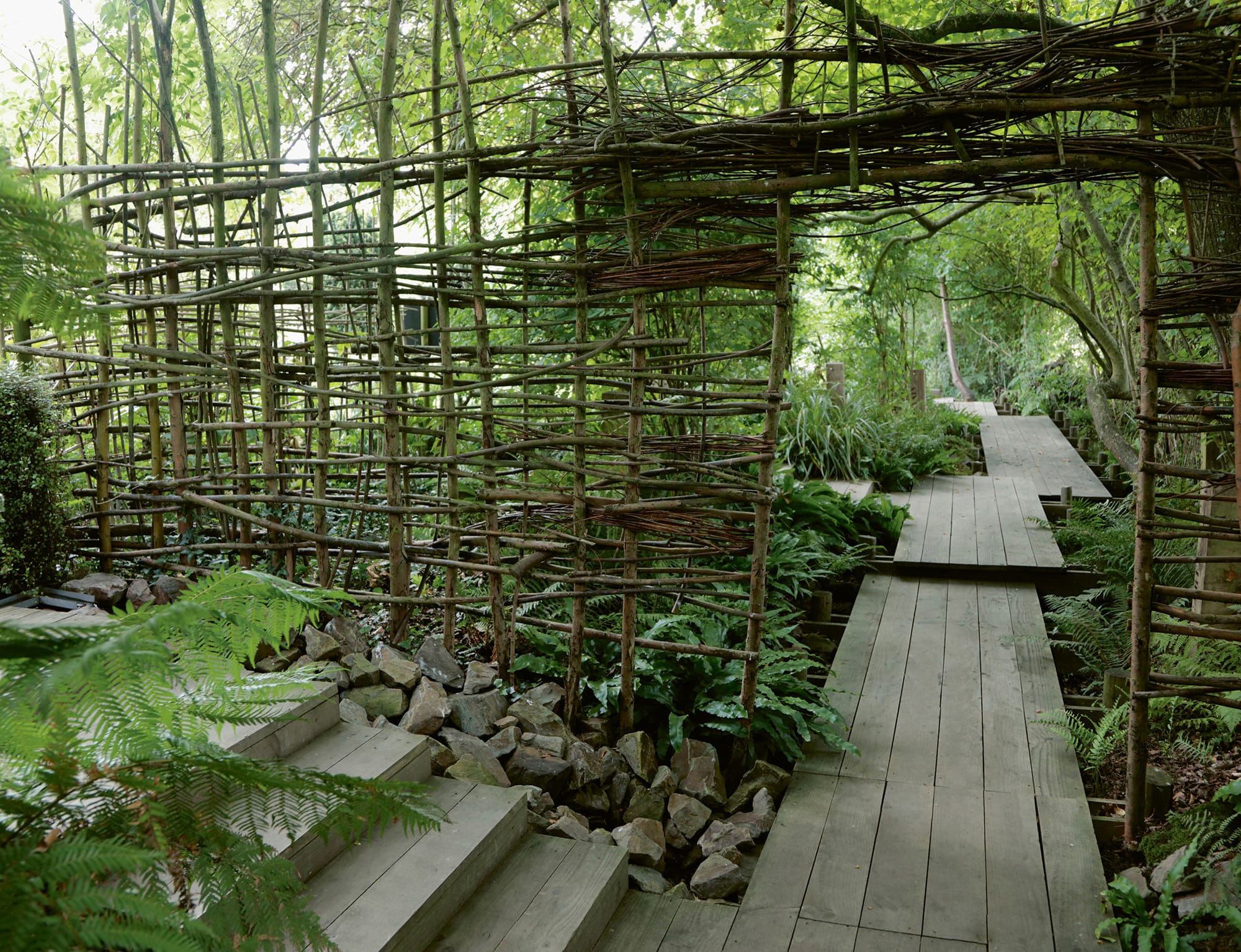
Dominique and Benoît Delomez, Jardin intérieur à ciel ouvert, Athis-de-l’Orne, Normandy, France, (2000–11). Photo courtesy of Benoît and Dominique Delomez
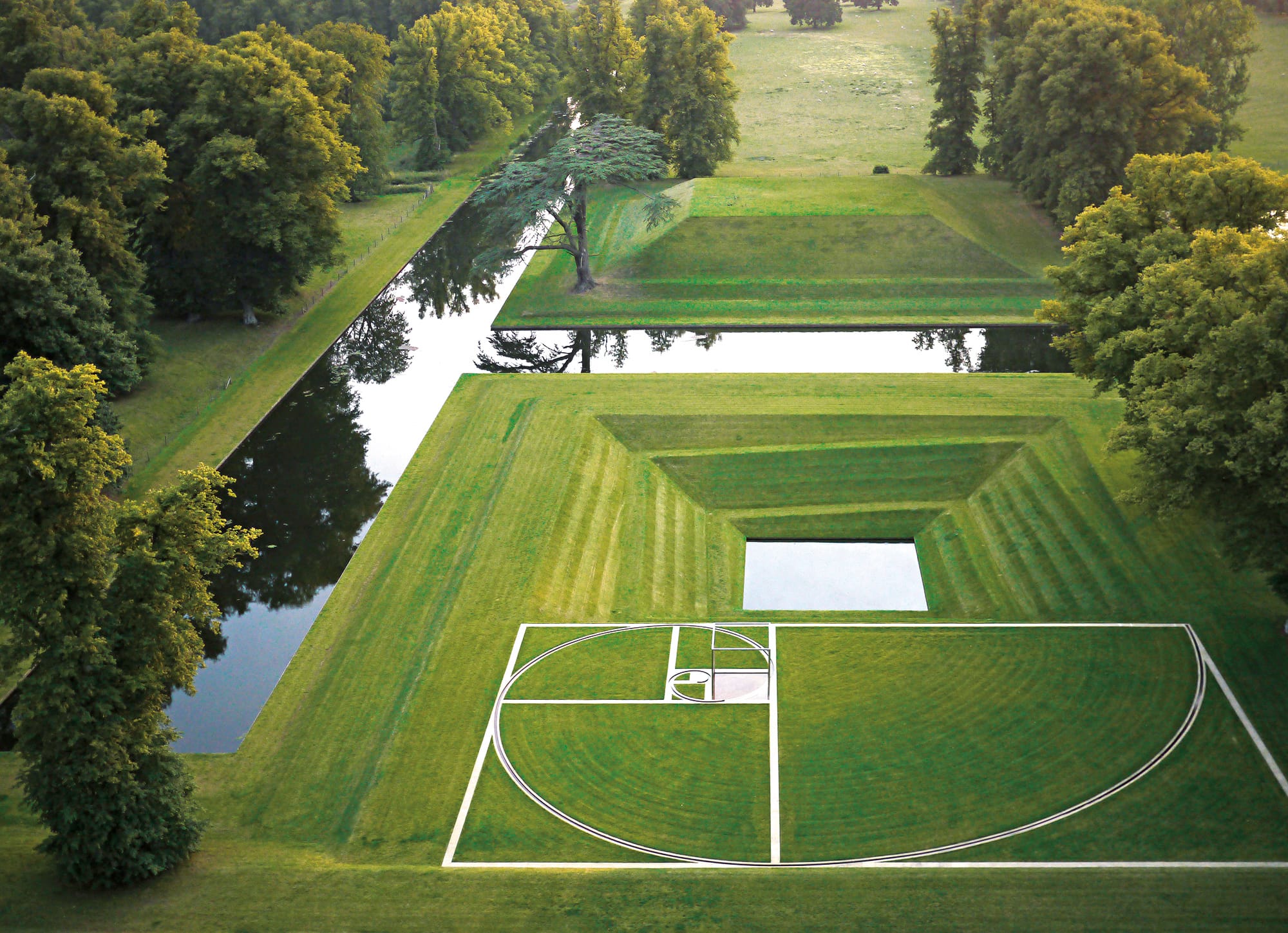
Kim Wilkie for the 10th Duke of Buccleuch, Orpheus, Boughton House, Kettering, Northamptonshire, England, 2009. Photo by Kim Wilkie
3. Interdisciplinary Insights
Case studies bridge botany and design, such as Louis Benech’s Versailles works fusing Baroque elegance with modern ecology.
Addresses digital-era cravings for physical green spaces, affirming humanity’s perennial fascination with nature.
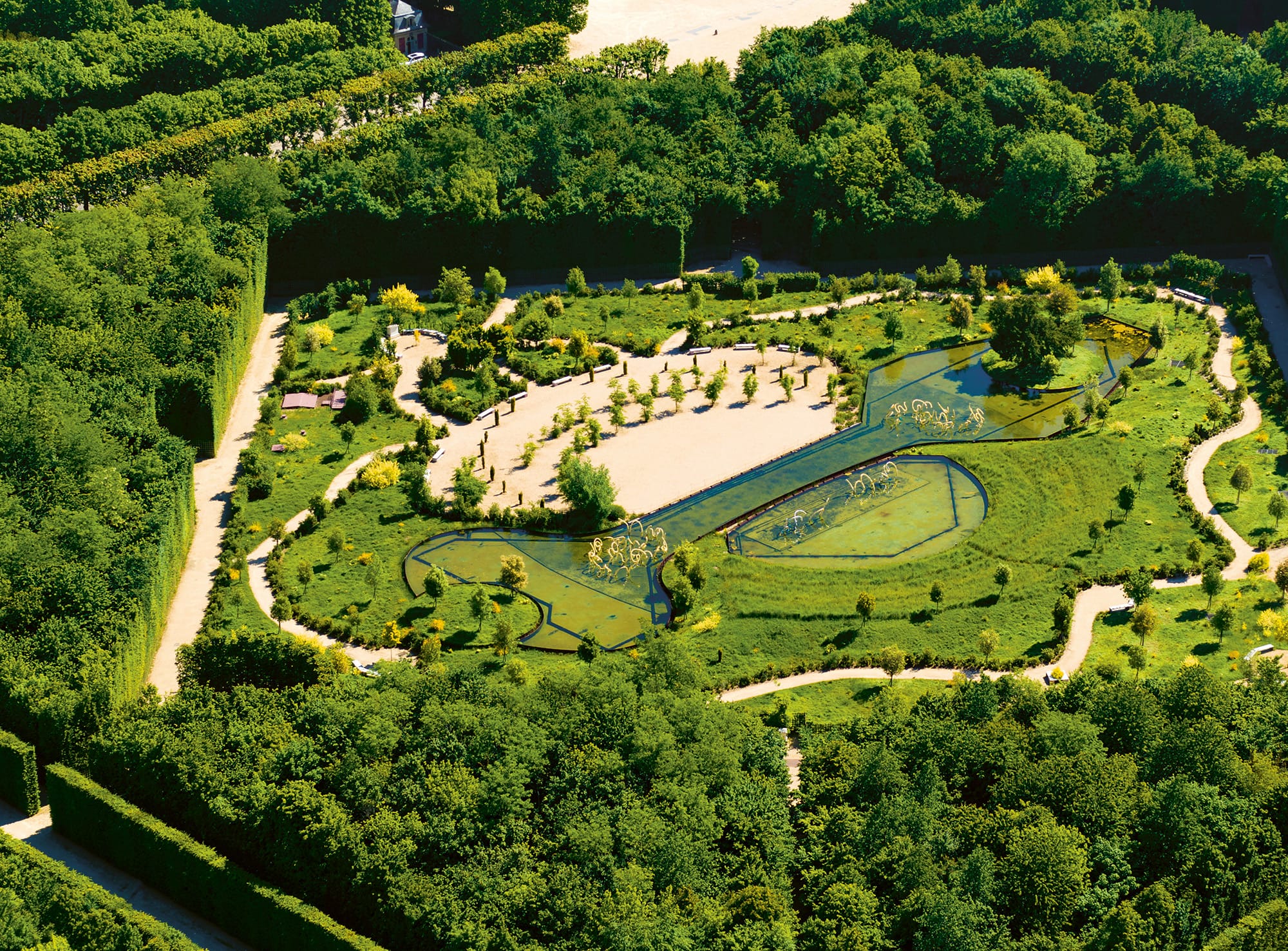
Louis Benech and Jean-Michel Othoniel, Water Theatre Grove, Château de Versailles, Versailles, France (2015). Photo © EPV/Thomas Garnier
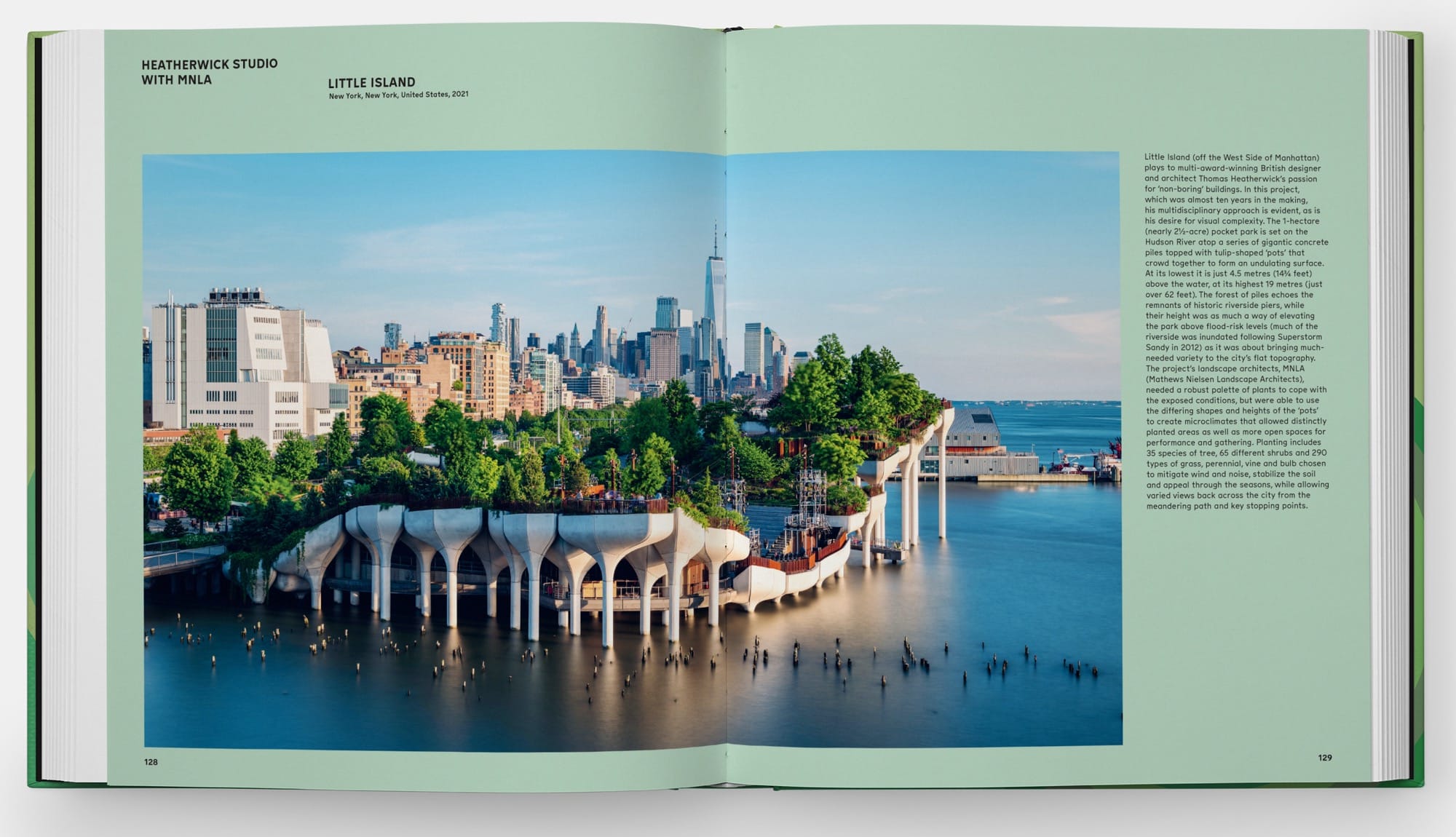
Slated for September 2025 release, the book fills a global research gap in contemporary gardening. It urges reevaluating nature-art-life dynamics while subtly warning against urbanization’s erosion of traditional horticulture.
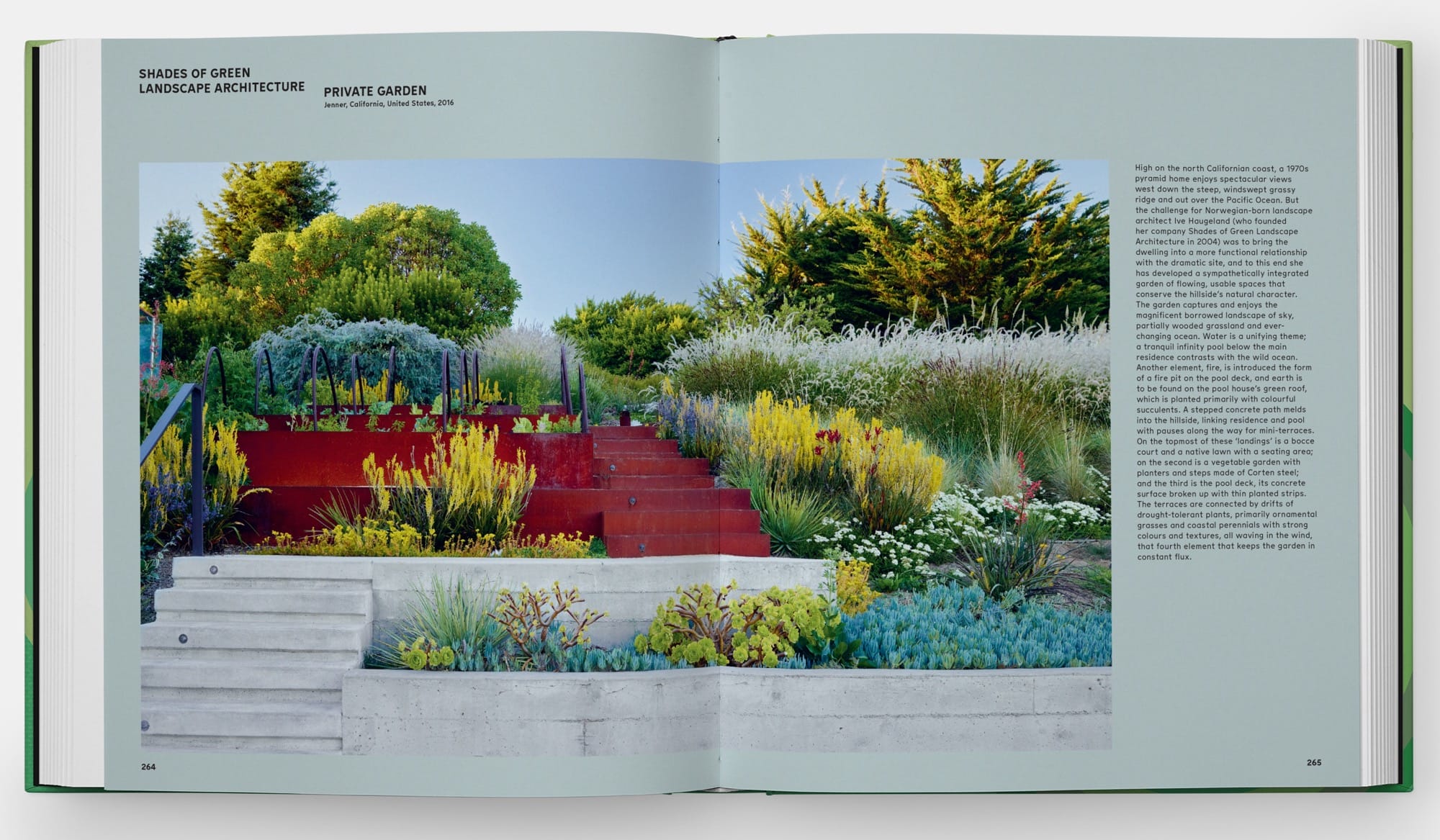
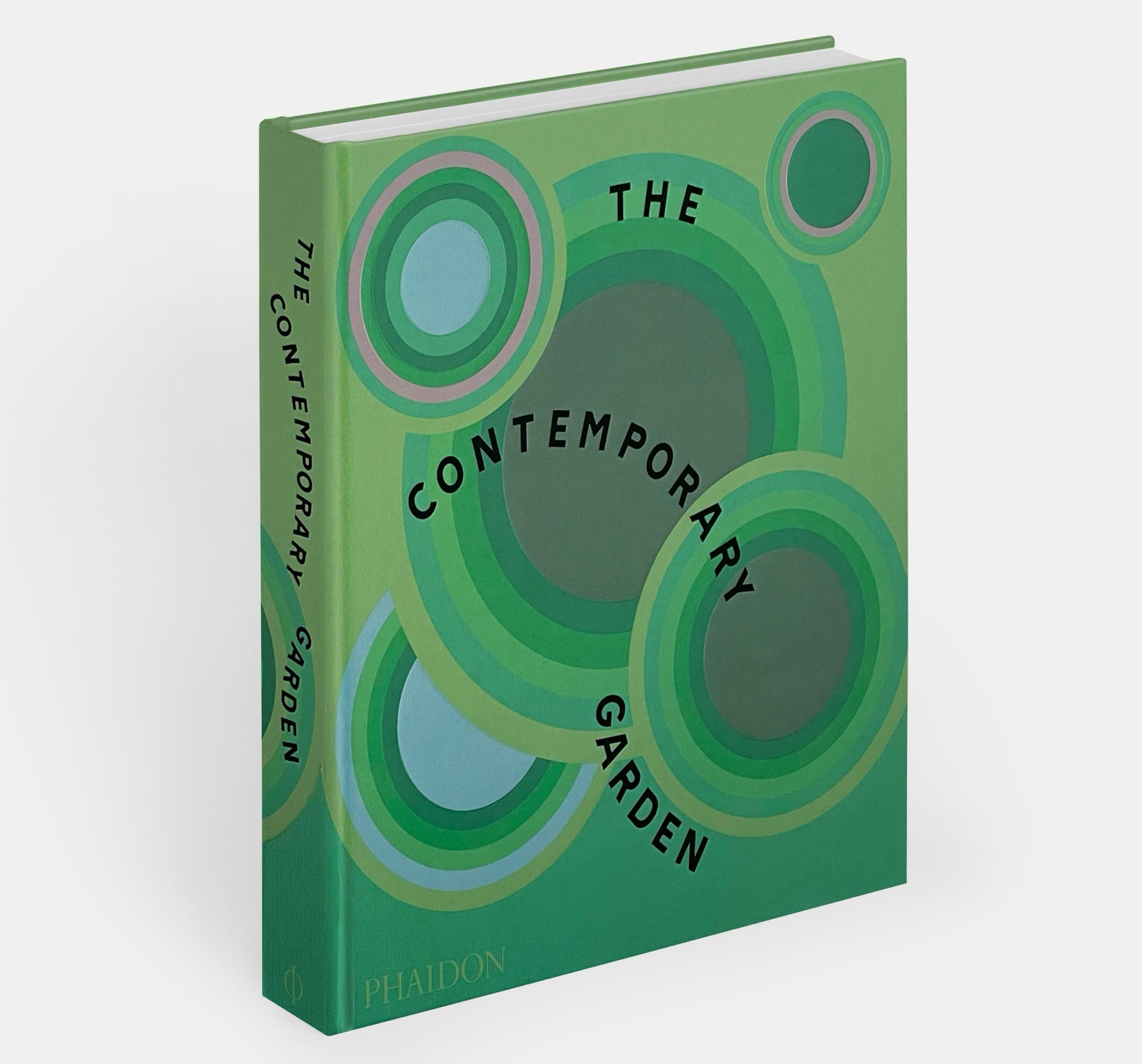
French photographers Laurent Kronental and Charly Broyez reinterpret the controversial architectural complex La Grande Motte on France’s Mediterranean coast through their series La Cité Oasis — un Rêve Futuriste au bord de la Méditerranée.
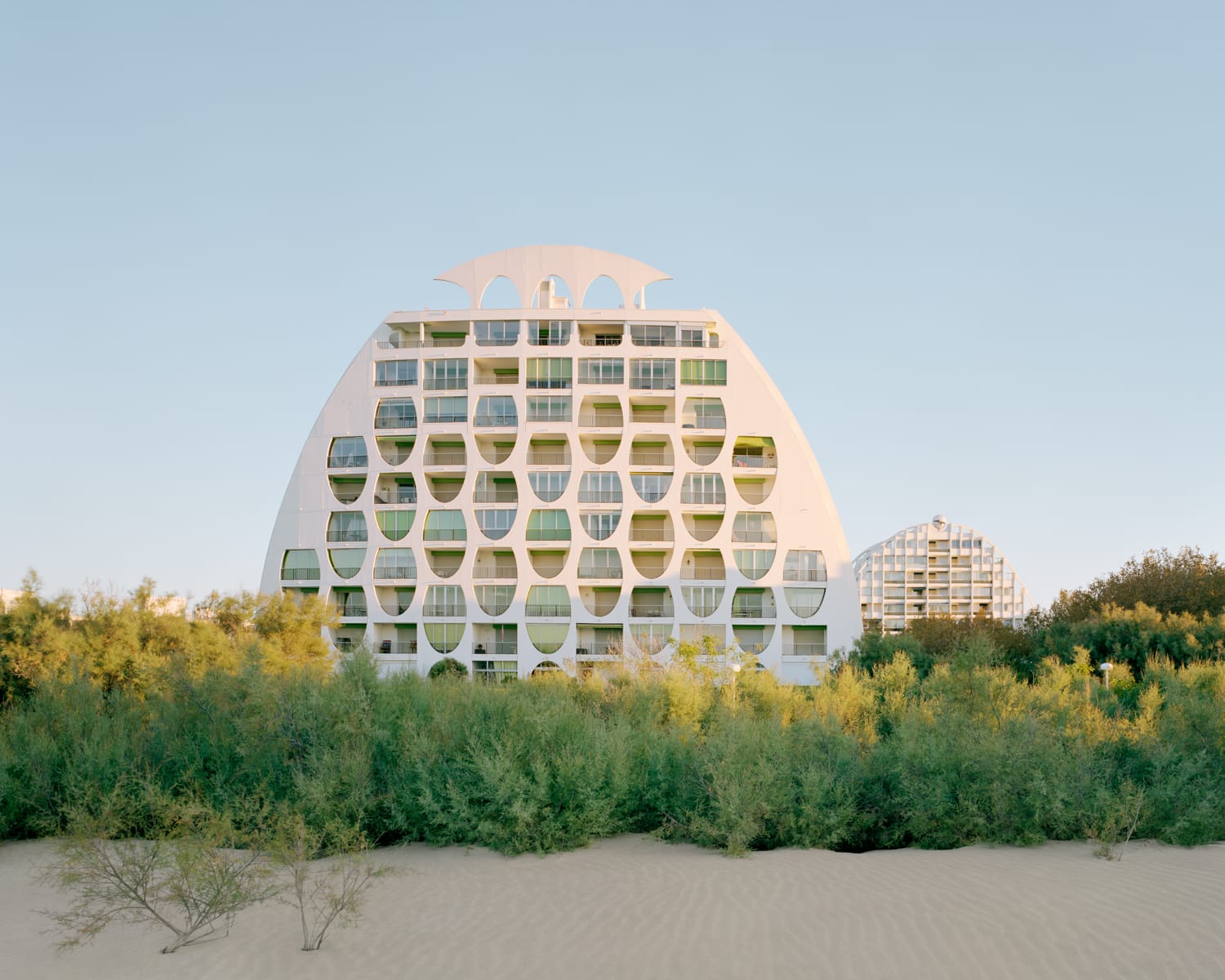
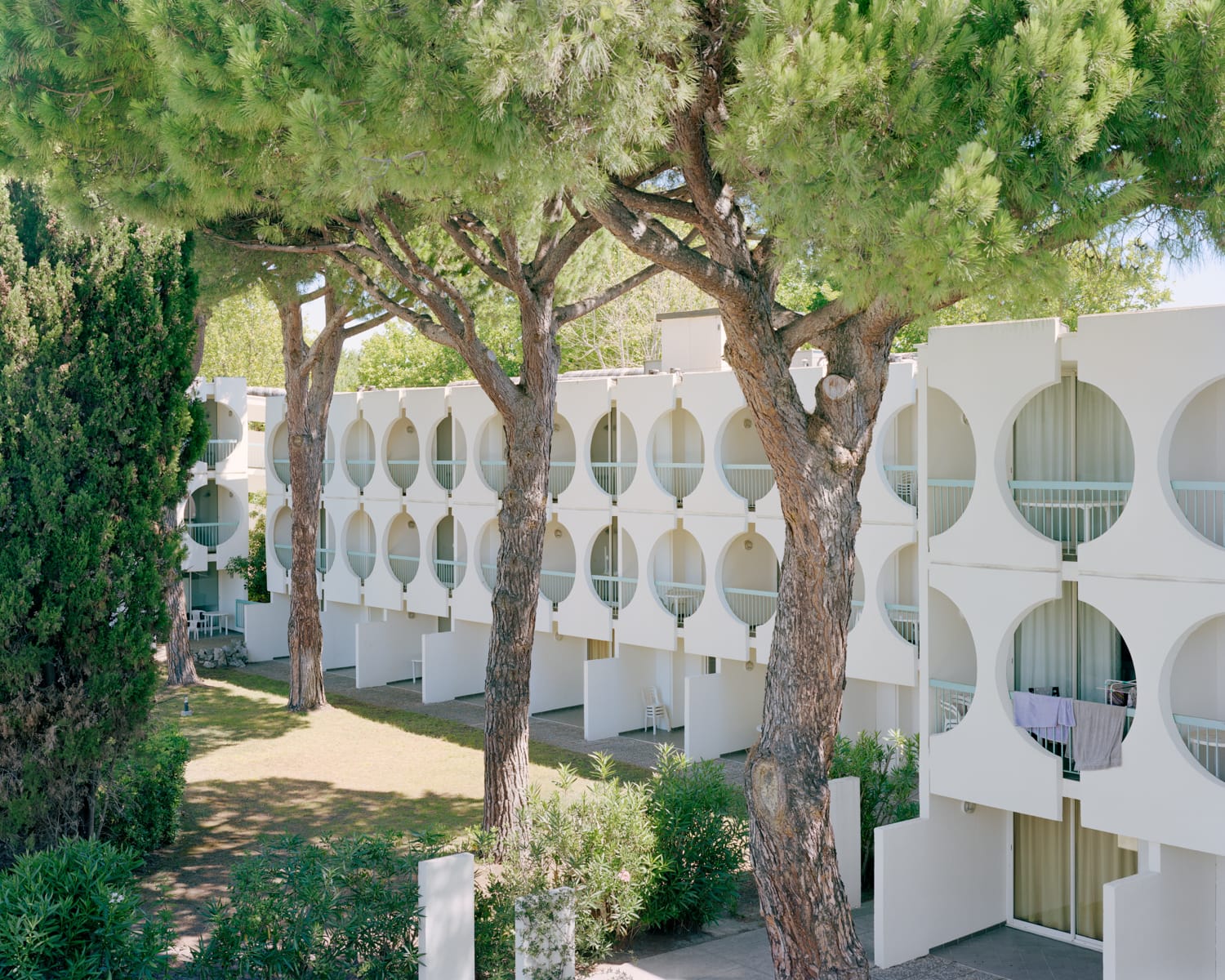
Designed by architect Jean Balladur during the post-war economic boom (1945–1975, known as Les Trente Glorieuses), this resort town was once denounced as “architectural pollution” by L’Architecture d’Aujourd’hui magazine for its modernist pyramid and mastaba (ancient Egyptian tomb) styles, yet gained historical heritage status in the 21st century (listed as a 20th-Century Heritage Site in 2010).
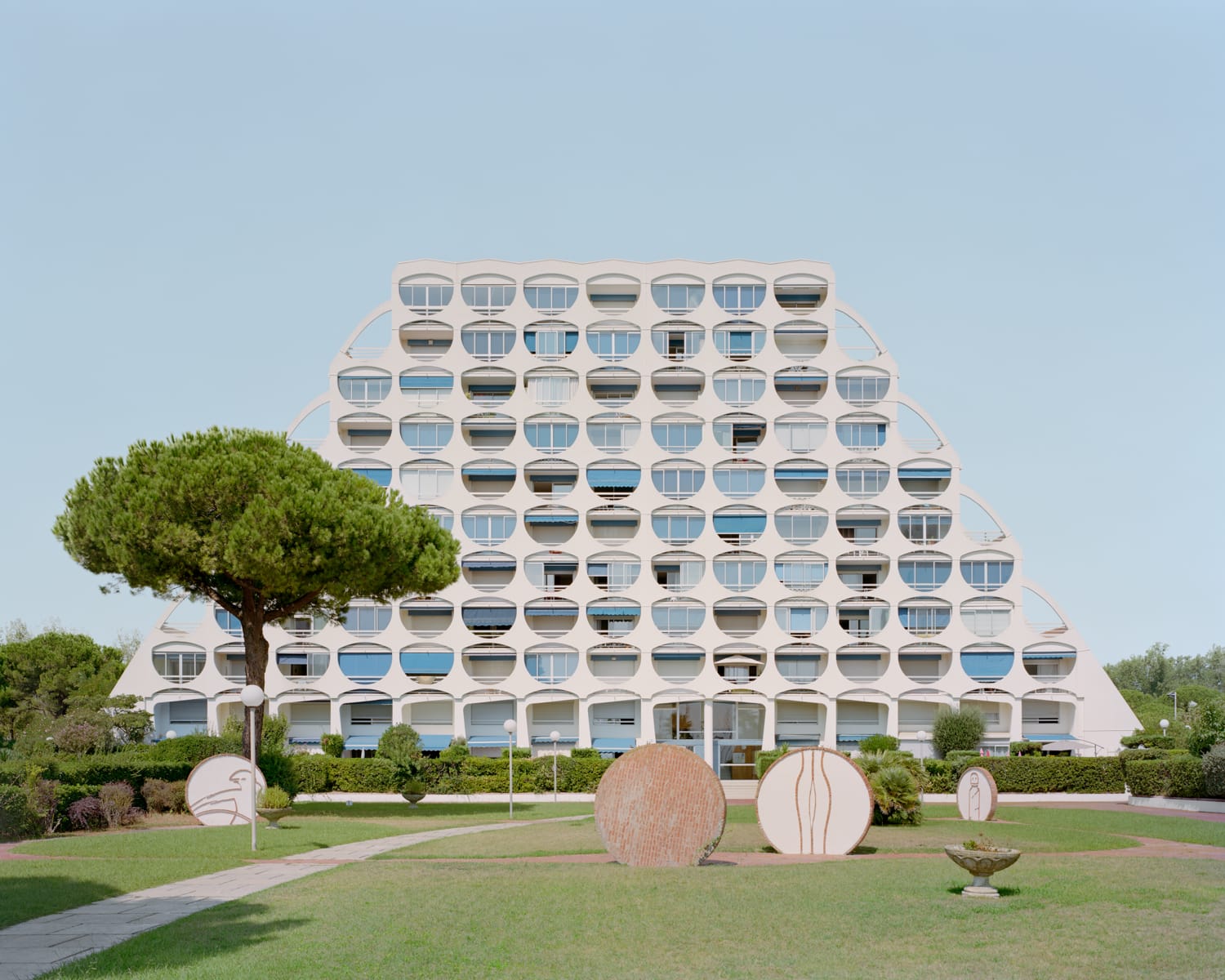
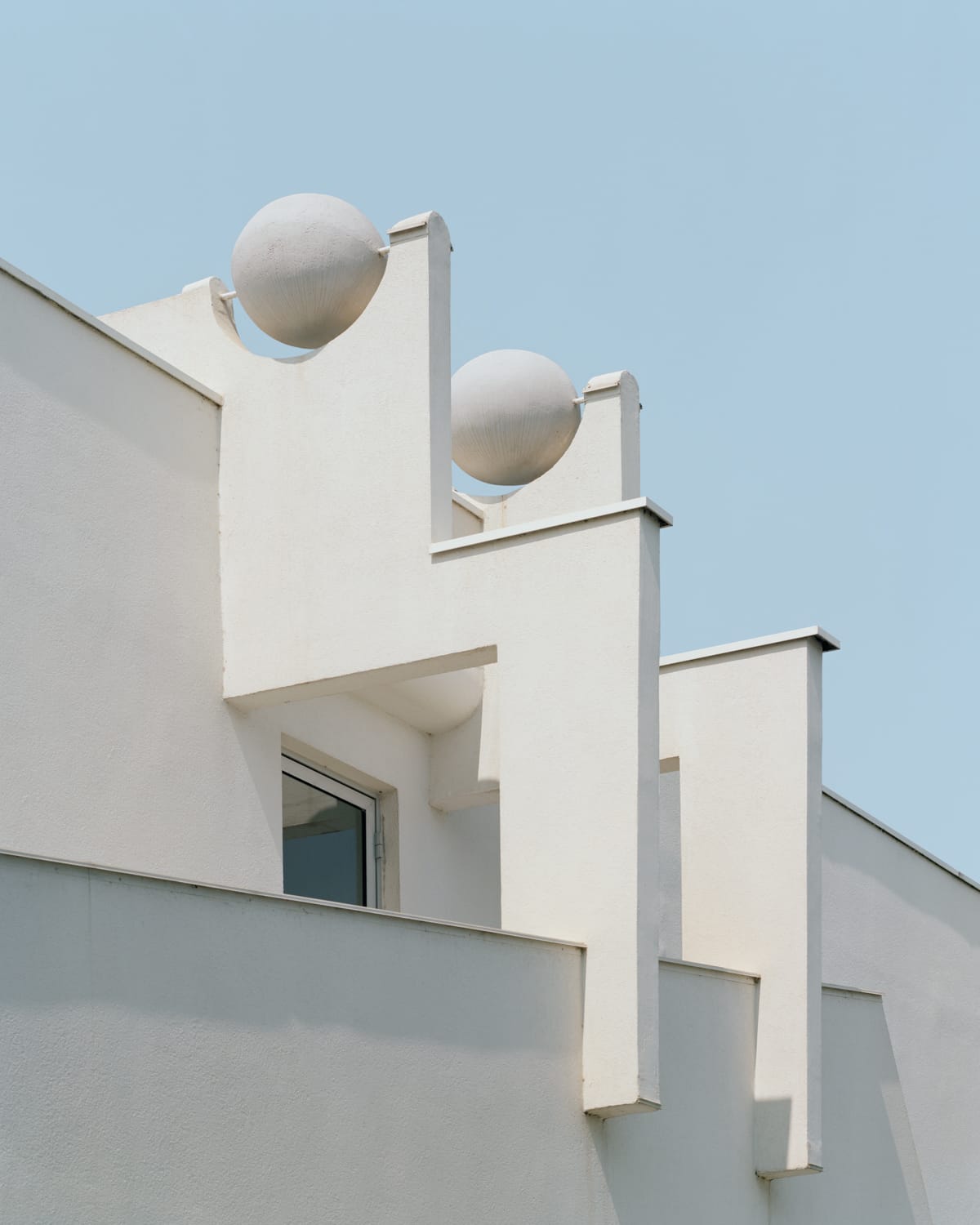
1. A Utopian Experiment Ahead of Its Time
Inspired by Mexico’s Teotihuacan pyramids and Marseille’s Cité Radieuse, Balladur transformed this coastal town of 8,000 residents into a “habitable mega-sculpture.” White geometric facades and Brutalist details blend with lagoons and dunes, blurring futurist fantasies with ancient relics.
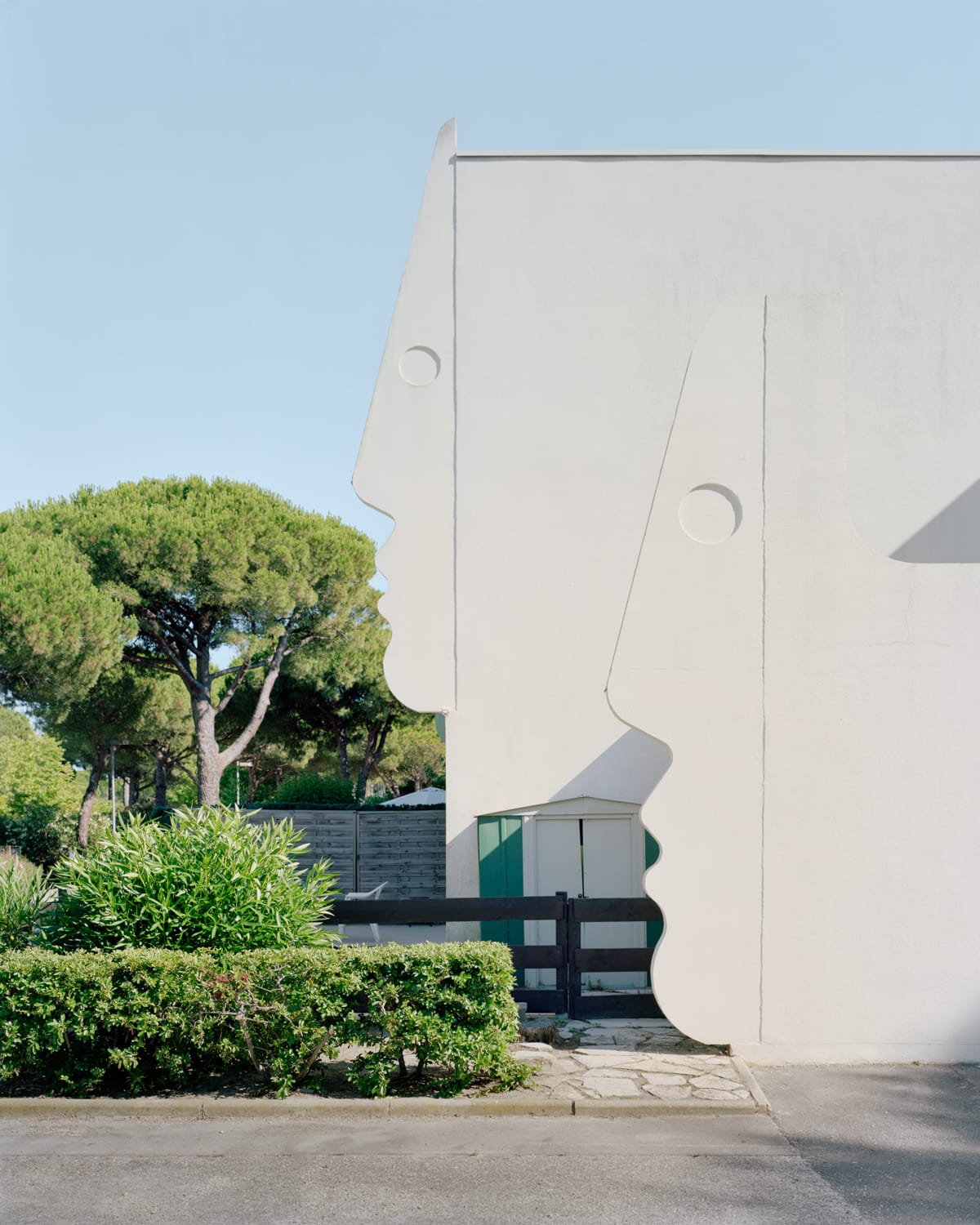
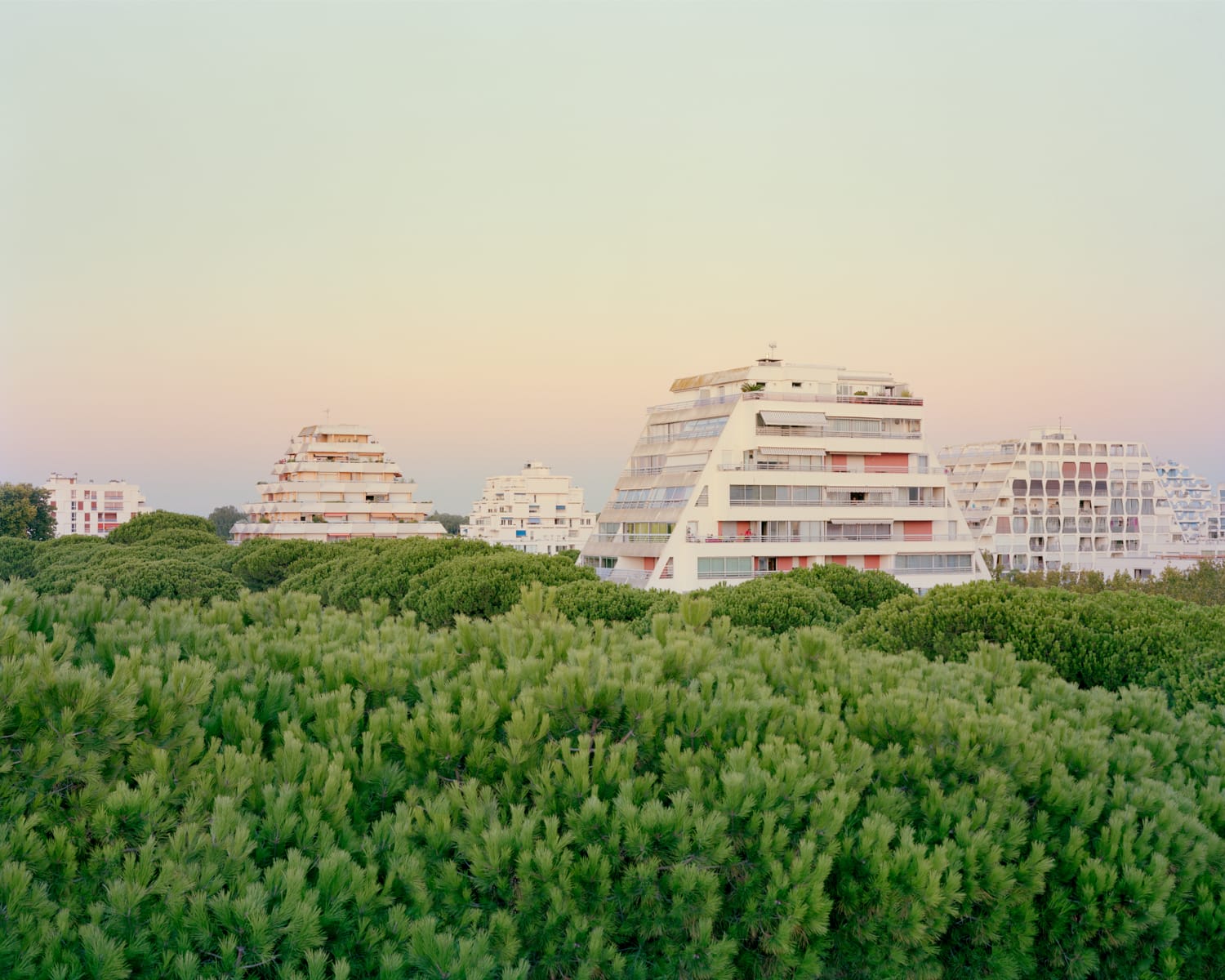
2. Photographic Time-Space Narrative
Images shot at dusk (2019–2023) capture deserted arcades, draped towels, and balcony umbrellas—subtle human traces that evoke a “parallel universe” of alienation. Kronental describes it as “stumbling upon ruins of an unknown civilization or a future vision,” mirroring the architecture’s journey from scorn to acclaim.
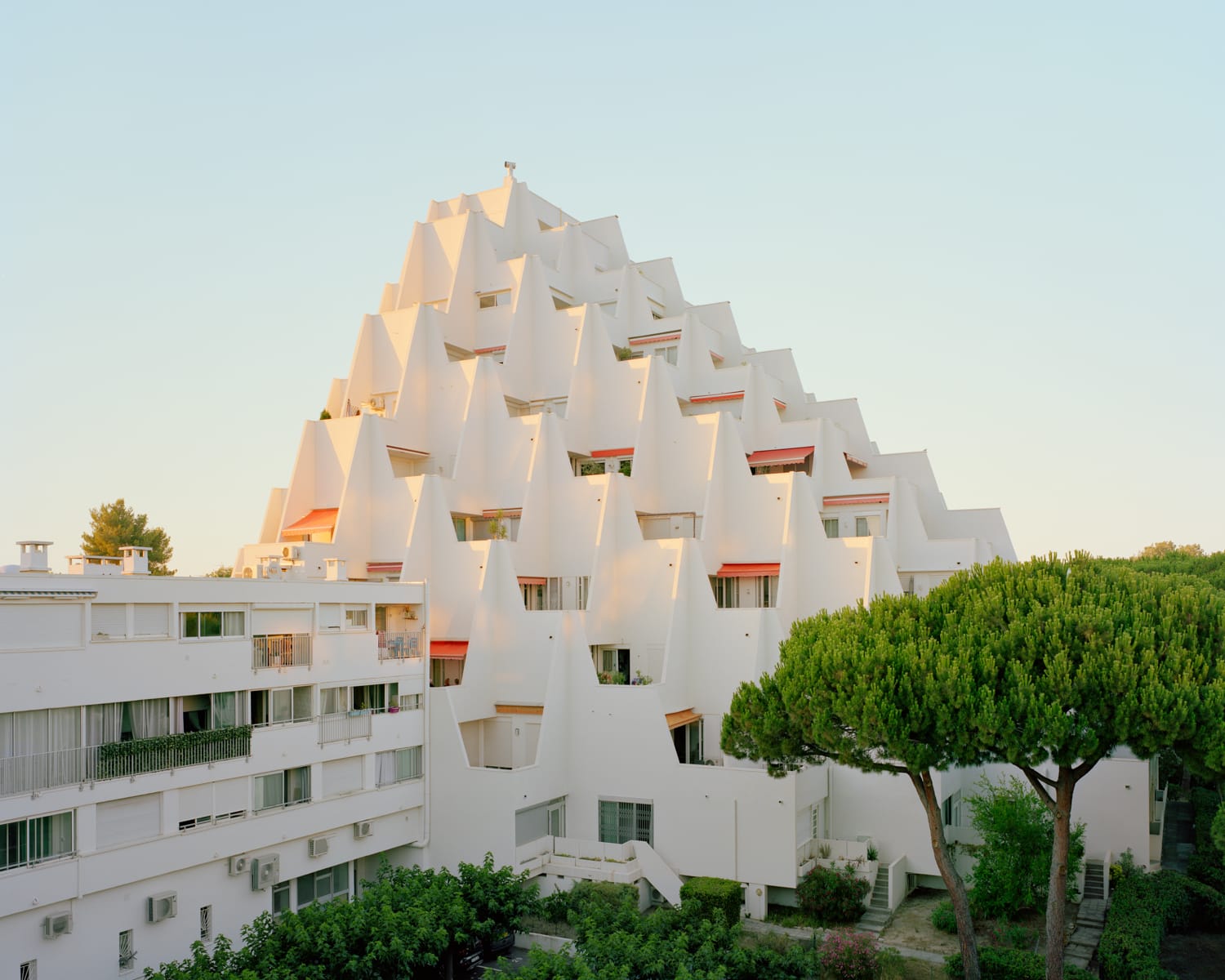
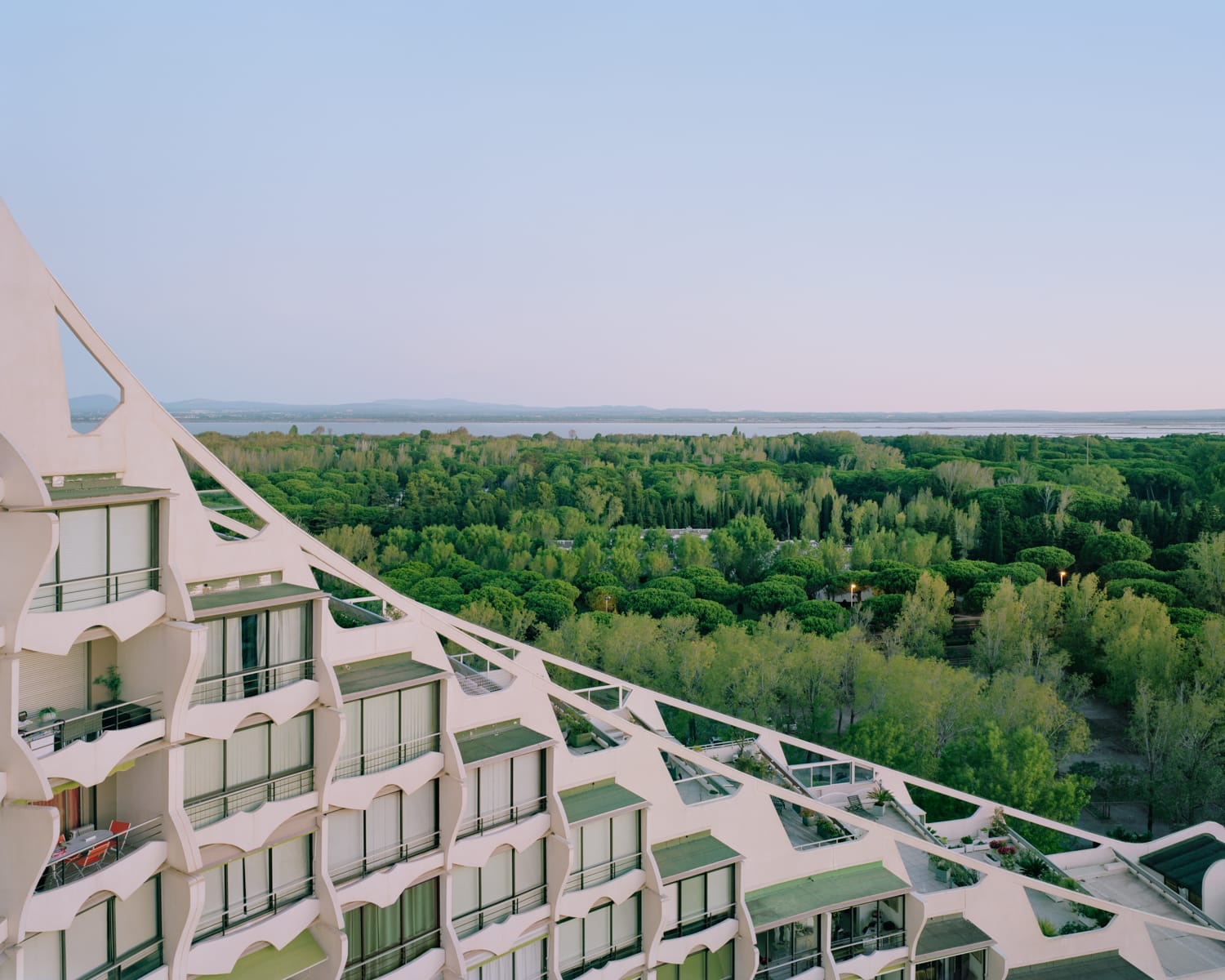
3. Dual Prophecy: Ecological & Social
The 1960s blueprint for affordable housing and nature coexistence now resonates amid climate crises. Photographers amplify color dialogues between structures and the sea, revealing how Balladur’s utopian escape from socioeconomic pressures finds contemporary relevance.
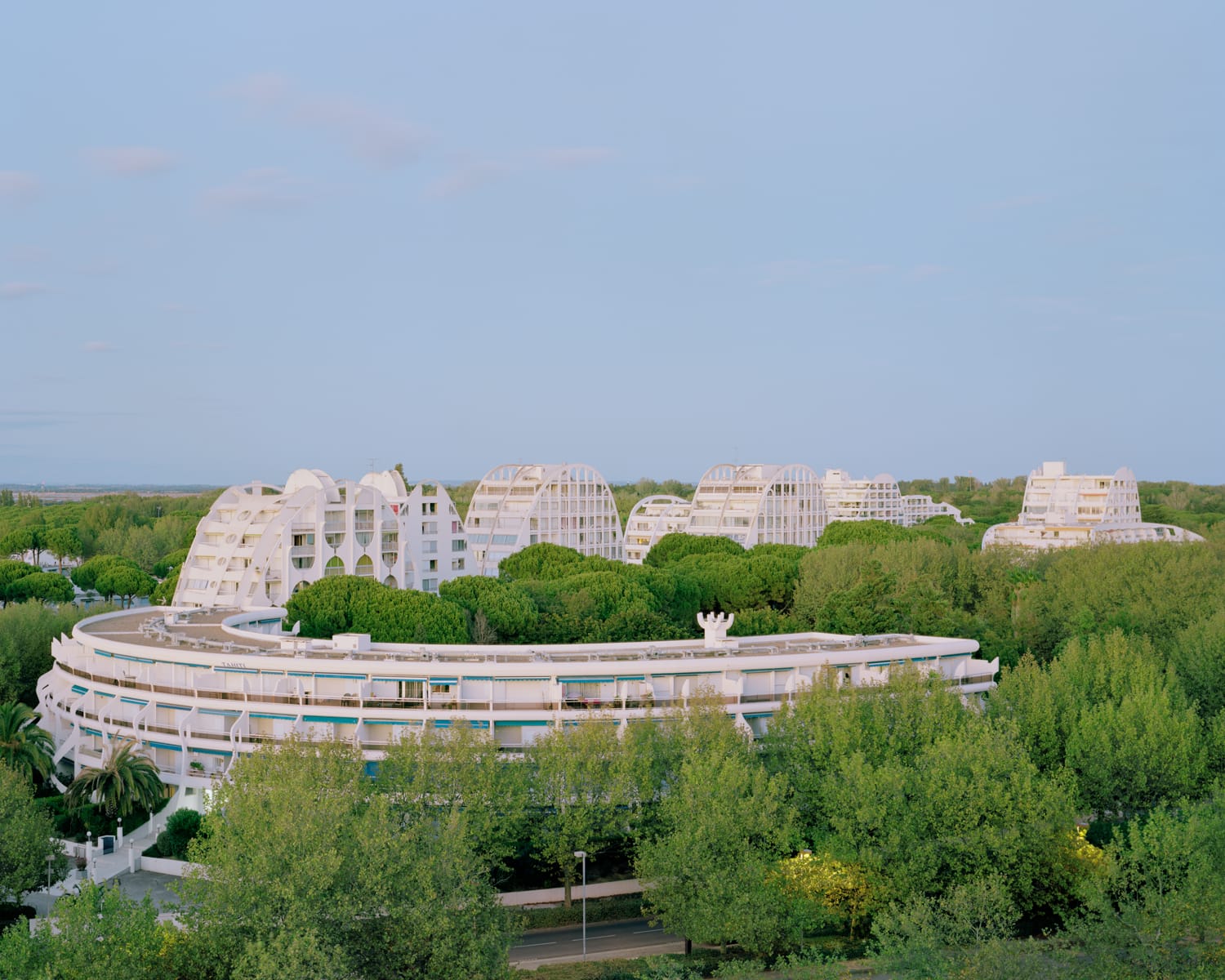
The series not only fuels on “rediscovering contested heritage” but also exposes architecture’s evolving valuation—where once-criticized experiments may become cultural icons through shifting perspectives.
‘La Cité Oasis — un Rêve Futuriste au bord de la Méditerranée.’ All images © Charly Broyez and Laurent Kronental, shared with permission
By: Alan Huang composed with GenAI for ArtThat. Via: Colossal Art,


